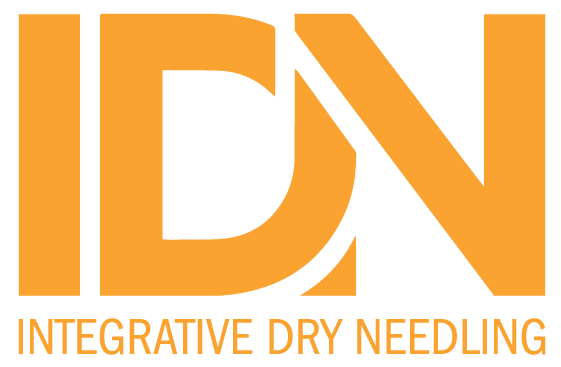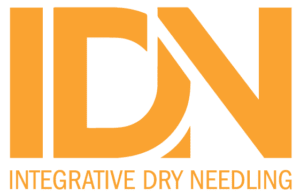A prospective clinical study to evaluate the comparative effectiveness of dry needling and laser therapy in neck and upper back myofascial pain syndrome
Folia Med (Plovdiv). 2024 Dec 31;66(6):842-848. doi: 10.3897/folmed.66.e130873. ABSTRACT Myofascial pain syndrome (MPS) is a disorder of the musculoskeletal system that is



